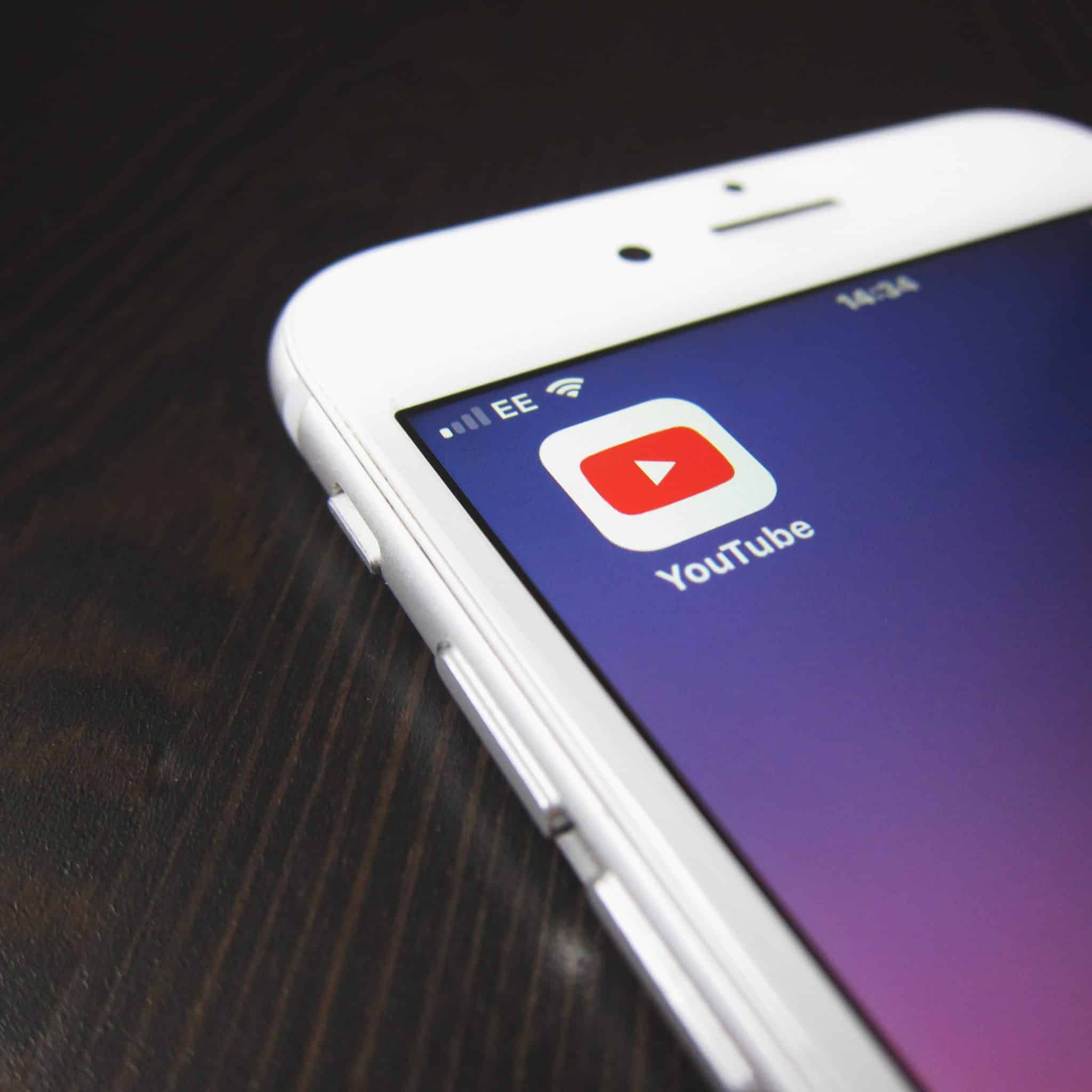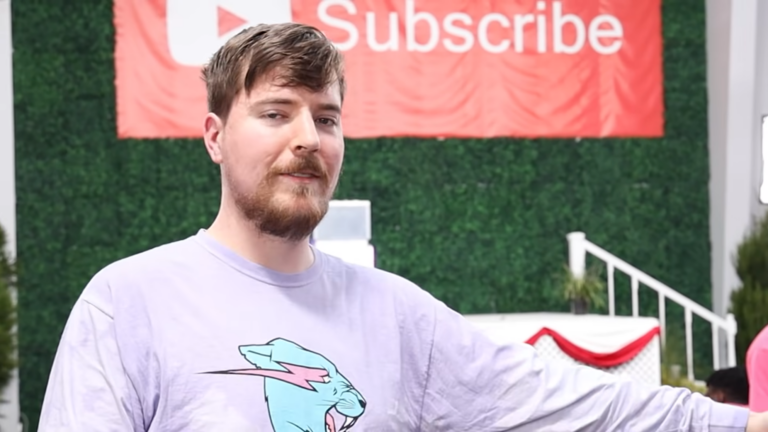
Minnie Che is a student at Harvard Law School.
For some, YouTube is a website to watch the occasional funny panda video. For others, it has become their primary source of income. One of the most successful examples of this is Dude Perfect, a channel featuring five guys who perform intricate trick shots – breaking world records for longest blindfolded basketball shots, most free-throws in a minute, and the world’s highest basketball shot. In 2018, they pulled in $20 million in gross earnings from these videos. Even after YouTube’s 45% cut, their net income is beyond what any YouTuber could imagine earning from what used to be a part-time hobby.
The most common way to make money on YouTube is through ad revenues. Monetization occurs when YouTube places an ad from a third-party advertiser before or during a video; the creator of that video is paid every time a viewer watches at least 30 seconds or halfway through the ad. One view typically equals 18 cents. While the majority of YouTubers are not making enough money from ad revenues to sustain a livelihood, they are able to earn more by selling merchandise, partnering with companies in sponsorships, and funding from viewers – all of which is made possible from gaining views and subscribers on YouTube.
To qualify for monetization, a creator must apply to the YouTube Partner Program, which requires having over 1000 subscribers and more than 4000 hours of watch time in the last year. The content of the video must be “advertiser friendly,” a nebulous term that excludes controversial issues and sensitive events, drugs, harmful or dangerous acts, hateful or demeaning content, inappropriate language, sexually suggestive content, or violence.
YouTubers are not employees of YouTube, nor would they describe themselves as such. They are self-employed and license their content to the site. Creators are not protected under the Fair Labor Standards Act, and according to a District court ruling, YouTube reserves the right to censor what is uploaded to its platform not subject to the First Amendment.
Collective action as a labor response to new job market
This new working model has prompted collective action to protect content creators in a job where there are no regulations. One such association is the Internet Creators Guild (ICG), founded by Hank Green in 2016 as a 501(c)(6) non-profit trade organization. The organization’s mission is to support creators by providing information that will increase transparency through not readily available information: how much subscribers are worth, average pay rates, standard contracts, and how to take advantage of brand deals. It intends to represent creators’ interests and connect creators with one another.
What are some collective actions that the ICG has taken to further its mission? It has coordinated a net neutrality open letter, produced a report based on surveys and interviews with creators about pricing sponsored content, drafted standard contract guidelines, explained the “ad-pocalypse” of demonetization to YouTubers, and invited community-sharing of ideas.
Compare the ICG to the Screen Actors Guild (SAG). Both originated from a sense of frustration with current working conditions. SAG was formed in 1933 in response to the taxing working hours of Hollywood. SAG negotiations with producers resulted in standard pay, meal breaks, overtime pay, and work hour limitations. ICG was the consequence of outrage over YouTube’s demonetization policy and unfair contractual terms with sponsors, but contrastingly it does not negotiate with YouTube for pay, working rules, or health & worker’s comp insurance. This is likely due to the power imbalance between the site and its creators. As a privately owned company, YouTube reserves the right to regulate content on its platform and structure its Partner Program to maximize advertising revenue.
Another effort at organization is the YouTubers Union created by Jörg Sprave in 2017 after YouTube removed his slingshot videos in an effort to target channels that feature real firearms. The YouTubers Union now has 16,000 members worldwide. The Union has specified core demands: remonetize smaller channels that do not meet YouTube’s Partner Program requirements, disable bots from removing channels, stop using demonetized channels to advertise monetized videos, clarify “advertiser-friendly” content, stop demonetization if a video meets that criteria, and equally distribute ads over all content with equal treatment of creators.
Demonetization and the collective action of labor organizations
A dominant labor issue in the YouTube community is demonetization, where ads are removed from videos that are deemed not “advertiser friendly.” Due to controversial content on the site that led many advertisers to drop their partnership with YouTube, YouTube implemented a bot to screen videos for inappropriate content. The algorithm has resulted in discrimination against certain classes of people. LGBTQ+ videos about being gay, transitioning from one sex to another, or promoting marriage equality have been demonetized, hidden, or removed due to their “sensitive topics.” Even if the videos are remonetized later, the amount of time lost in the initial upload period when videos accrue their most views result in huge monetary losses for creators.
This issue has catapulted collective action from YouTube labor associations. In February, Sprave posted on Facebook about his efforts working with YouTube on this problem on behalf of the YouTubers’ Union. YouTube has responded to their demands by implementing a strike system and warning creators before they get a first strike. Sprave has acquired legal counsel and is continuing to negotiate with YouTube for further changes. Sprave aims to use the new EU data protection regulation (GDPR) to gain access to video classifications that YouTube makes if these classifications are considered personal data.
The Internet Creators Guild has taken a different approach. Choosing to work within the existing framework of YouTube, they publish information about demonetization for its members to understand what is happening and what they can do about it. Paying members have access to peer support and focus groups to help change industry standards. The ICG has also published suggestions for YouTube like manually spot-checking videos before they are demonetized, allowing creators to easily review demonetized videos, and using the data from manual checks to continue to refine the algorithm. Both collective organizations demand more transparency and fairness from the site.
Technically creators do not make money for YouTube – advertisers do. Therefore, YouTube’s first priority is to ensure that lucrative advertisers do not withdraw their partnerships with the site. Moving forward, YouTubers must navigate the complex relationship with the platform to protect their rights and freedom as creators and their ability to earn an income. But current mobilization efforts are evidence that YouTube has become more than a hobby; it is a livelihood and a burgeoning labor issue.









Daily News & Commentary
Start your day with our roundup of the latest labor developments. See all
July 14
More circuits weigh in on two-step certification; Uber challengers Seattle deactivation ordinance.
July 13
APWU and USPS ratify a new contract, ICE barred from racial profiling in Los Angeles, and the fight continues over the dismantling of NIOSH
July 11
Regional director orders election without Board quorum; 9th Circuit pauses injunction on Executive Order; Driverless car legislation in Massachusetts
July 10
Wisconsin Supreme Court holds UW Health nurses are not covered by Wisconsin’s Labor Peace Act; a district judge denies the request to stay an injunction pending appeal; the NFLPA appeals an arbitration decision.
July 9
the Supreme Court allows Trump to proceed with mass firings; Secretary of Agriculture suggests Medicaid recipients replace deported migrant farmworkers; DHS ends TPS for Nicaragua and Honduras
July 8
In today’s news and commentary, Apple wins at the Fifth Circuit against the NLRB, Florida enacts a noncompete-friendly law, and complications with the No Tax on Tips in the Big Beautiful Bill. Apple won an appeal overturning a National Labor Relations Board (NLRB) decision that the company violated labor law by coercively questioning an employee […]